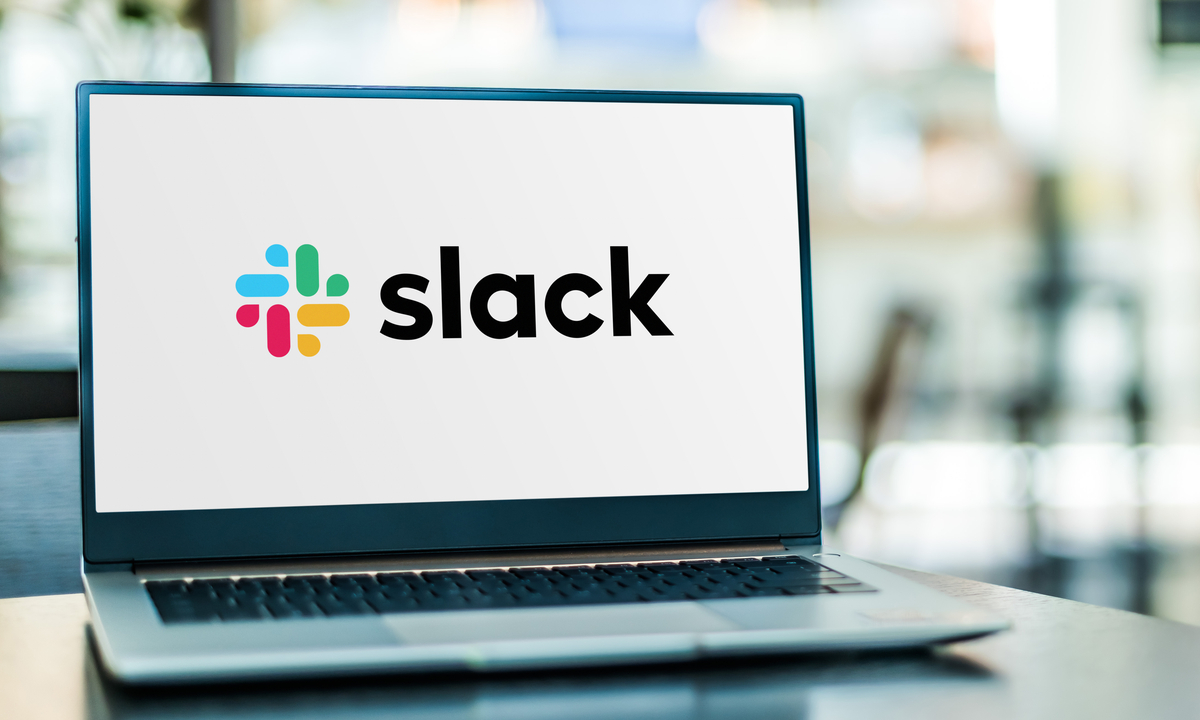Slack on Thursday (July 17) unveiled a slate of new and upcoming artificial intelligence (AI) tools it said will help paying subscribers focus on high-value work while keeping them organized.
The expanded suite of AI features is built directly into Slack’s platform and designed to deliver real-time answers, summarize content, and automate common workplace tasks, according to a company blog post.
“AI should be seamless, working for you in the background, not making you work harder to use it,” the company said in its post. “That’s why we’ve built more than a dozen powerful AI capabilities directly into the Slack experience.”
The goal is to transform Slack into a unified channel that can do more than support chat messages but also use AI to help users become even more productive. It offers support for enterprise apps, data and agents.
The expanded AI functionality is included with all paid plans, but access to advanced features depends on the subscription tier.
Slack said the Business+ plan adds tools like AI recaps, translations, workflow generation and AI-powered search while the Enterprise+ includes full enterprise search, improved task management, enterprise-grade security and governance controls.
Last month, Slack raised the price of its Business+ plan to $15 from $12.50 per user per month, and introduced the Enterprise+ plan. Free users who are Salesforce customers will gain access to Salesforce channels to do things like collaborate on CRM data.
The changes in Slack comes as Salesforce, which owns Slack, has been buffing up its AI chops.
In May, Salesforce announced two acquisitions designed to enhance its agentic AI solution. First was Convergence.ai, which develops AI agents that can navigate dynamic digital environments such as pop-ups and errors. Next was cloud data management company Informatica for a net $8 billion to create a unified architecture that lets AI agents operate “safely, responsibly, and at scale.”
Read also: Salesforce Bets Big on Enterprise AI to Drive Growth
Summarizing, Clarifying and Translating Messages
In the AI update, new features such as enterprise search, thread and channel recaps, AI-powered meeting notes in Huddles and translations are already available. Upcoming features would include AI-generated action items, profile summaries, and message explanations, as well as writing assistance embedded in its canvas collaborative tool.
Enterprise search, which Slack positions as the centerpiece of the new functionality, lets users ask questions in plain language and retrieve information across internal messages, documents and third-party tools like Google Drive, Microsoft Teams, Confluence Cloud and Salesforce.
Slack cited research showing that desk workers spend 41% of their time on “low-value, repetitive tasks” such as searching for information or re-requesting shared links. With the new enterprise search capability, the company aims to reduce that burden by turning “fragmented information into actionable insights,” the company said.
Beyond search, Slack is integrating generative AI directly into workflows. Its canvas tool will soon offer AI writing assistance.
The company said it’s already using the capability internally to “summarize Slack threads to draft project briefs,” generate and assign action items after brainstorming sessions, and create FAQs or onboarding guides from existing channels, messages and documents.
Slack is also tackling message clarity with soon-to-come AI-generated explanations. “By simply hovering your cursor over any message, AI in Slack will provide an instant explanation,” the company said. “It draws from your workspace’s unique vocabulary and conversation history.”
AI will also surface short action items in the user’s activity view when messages contain follow-ups or deadlines.
Read more:
Salesforce Says AI Is Doing 30% of Its Coding and Customer Service
AWS, Salesforce Execs See a ‘Fully AI World’ With ‘Limitless Labor’
Salesforce Reportedly Cuts 1,000 Jobs While Adding AI Salespeople
